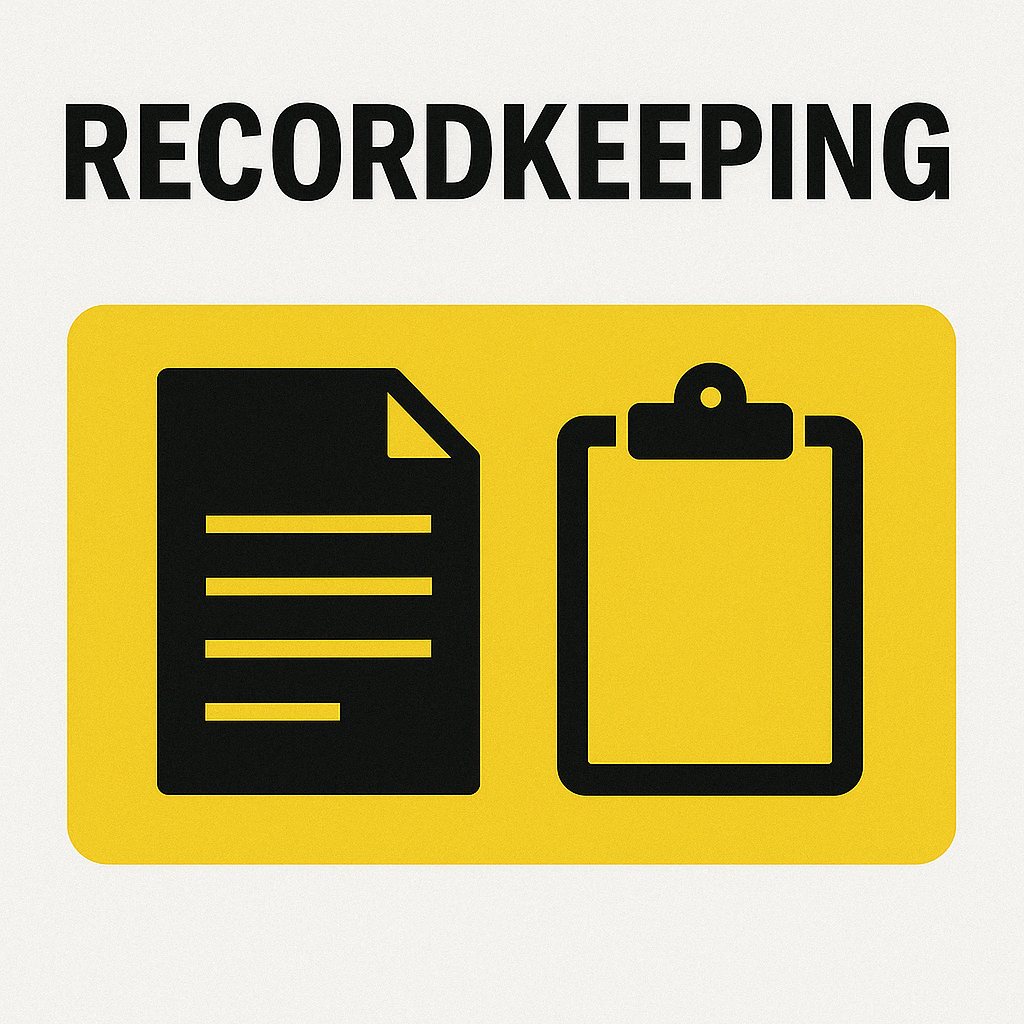Radiation Safety for Technicians and Engineers is a vital consideration in many industries, including healthcare, nuclear power, manufacturing, and research laboratories.
These professionals are often at the forefront of innovation—but with that comes the potential for exposure to ionizing and non-ionizing radiation.

Whether working in radiography, nuclear medicine, industrial testing, or electronic engineering, understanding and applying radiation safety principles is essential to safeguard health and ensure compliance with national and international regulations.
- Understanding Radiation Types and Exposure Risk
- Key Industries at Risk
- Regulatory Guidelines and Limits
- Engineering Controls for Radiation Safety
- Administrative Controls and Best Practices
- Personal Protective Equipment (PPE) for Radiation Safety
- Radiation Monitoring and Recordkeeping
- Common Sources of Radiation Exposure in Engineering
- Consequences of Radiation Overexposure
- Radiation Safety Culture: Every Team Member Matters
- Final Thoughts: Prioritize Protection, Practice Vigilance
Understanding Radiation Types and Exposure Risk
Radiation is the emission of energy as electromagnetic waves or particles. In occupational settings, technicians and engineers may encounter:
- Ionizing radiation – Includes X-rays, gamma rays, and particles (alpha, beta, neutron) that can alter atomic structures and damage biological tissue.
- Non-ionizing radiation – Includes ultraviolet (UV), radiofrequency (RF), microwave, and infrared radiation. Though less potent, it can still cause burns and tissue damage.
Exposure routes include direct skin contact, inhalation, ingestion, or external irradiation from a source. The degree of danger depends on the type, strength, exposure time, and distance from the source.
Key Industries at Risk
Radiation exposure is more prevalent in some sectors than others. These include:
- Medical Imaging & Therapy – Radiologic technologists, nuclear medicine workers
- Industrial Radiography – Pipeline inspectors, non-destructive testing (NDT) technicians
- Research Laboratories – Particle physicists, chemists, and lab engineers
- Nuclear Facilities – Reactor technicians, radiation protection engineers
- Telecommunications & Electrical – Radar and microwave system engineers
Internal Link: See our article on Laboratory Safety for Researchers
Regulatory Guidelines and Limits
Agencies such as the Canadian Nuclear Safety Commission (CNSC), U.S. Nuclear Regulatory Commission (NRC), and International Atomic Energy Agency (IAEA) set occupational dose limits and require implementation of the ALARA principle (As Low As Reasonably Achievable).
Typical exposure limits:
- Occupational annual dose limit (ionizing radiation): 50 mSv/year
- Lens of the eye: 150 mSv/year
- Skin/extremities: 500 mSv/year
- General public: 1 mSv/year
External DoFollow link: IAEA Radiation Protection Standards
Engineering Controls for Radiation Safety
Engineering controls are the first line of defense. These are built-in protections in facilities, tools, and machinery to limit exposure.

Examples include:
- Shielding: Lead barriers, concrete walls, and protective enclosures.
- Time/Distance Optimization: Automation to reduce manual exposure.
- Interlocks and Warning Systems: Prevent access to active radiation zones.
- Ventilation and Containment: For radioactive aerosols or gases.
Administrative Controls and Best Practices
Beyond physical controls, protocols and training form the backbone of radiation safety:
- Radiation Safety Programs – Required in most regulated facilities.
- Dosimetry and Monitoring – Badge dosimeters and area detectors track exposure.
- Signage and Labeling – Clearly mark radiation zones and storage areas.
- Training and Refresher Courses – Ensure staff understand risks and protocols.
- Incident Response Plans – Procedures in place for spills or overexposure.
Internal Link: Learn more about Training and Safety Awareness
Personal Protective Equipment (PPE) for Radiation Safety
While PPE is considered the last line of defense, it remains essential in many radiation-prone environments:
- Lead aprons and thyroid collars – Common in diagnostic imaging.
- Radiation gloves – For low-dose handling or contaminated materials.
- Face shields and goggles – When dealing with UV or ionizing particles.
- Dosimeters – Personal exposure trackers worn as badges or rings.
- Respirators – In environments with radioactive particulates.
External DoFollow link: CDC Guide to Radiation PPE
Radiation Monitoring and Recordkeeping

Technicians and engineers must work in facilities equipped with:
- Area radiation monitors
- Alarm-triggered devices
- Environmental sensors for leaks
- Access-controlled dosimeter readers
Employers are responsible for maintaining exposure records for at least 30 years under many regulations. This data helps monitor cumulative dose and improve workplace safety planning.
Common Sources of Radiation Exposure in Engineering
| Source | Type of Radiation | Common Job Roles |
|---|---|---|
| X-ray Machines | Ionizing | Radiographers, engineers |
| Nuclear Reactors | Ionizing | Reactor technicians, engineers |
| UV Curing Systems | Non-ionizing (UV) | Manufacturing engineers |
| Microwave Systems | Non-ionizing (RF) | Telecom technicians |
| Radioactive Tracers | Ionizing | NDT technicians, researchers |
Consequences of Radiation Overexposure
Short-term and long-term consequences can be serious:
- Acute Radiation Syndrome (ARS) – Nausea, vomiting, organ failure
- Cancer Risks – Especially thyroid, leukemia, and lung
- Cataracts – From eye overexposure
- Fertility issues – With chronic high exposure
- Genetic Damage – Especially with gamma radiation
Understanding these risks reinforces the need for consistent radiation safety practices.
Radiation Safety Culture: Every Team Member Matters
Radiation Safety for Technicians and Engineers relies heavily on personal accountability and a strong safety culture. Organizations must promote open communication about hazards, encourage near-miss reporting, and perform routine safety audits. The goal is not just compliance—but protection, prevention, and professionalism.
Internal Link: Learn about Initial Incident Responders and Their Safety Role
Final Thoughts: Prioritize Protection, Practice Vigilance
Whether you are a junior technician or a senior engineer, mastering Radiation Safety for Technicians and Engineers is non-negotiable.

Through proper engineering controls, administrative procedures, and effective PPE use, risks can be significantly minimized.
Stay updated with current regulations, maintain your dosimetry records, and never hesitate to speak up about unsafe conditions.

No comments yet